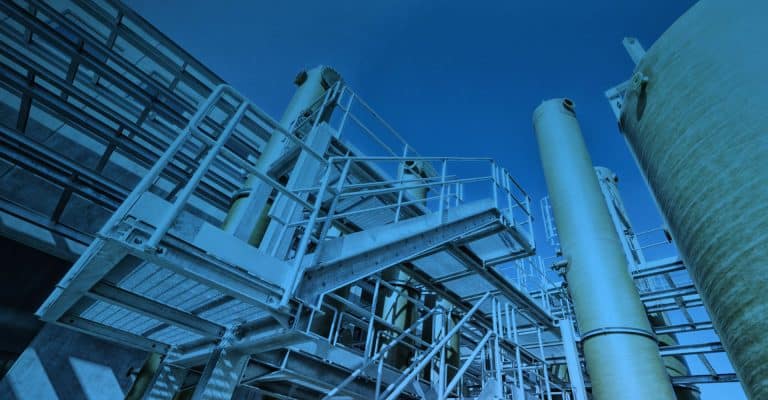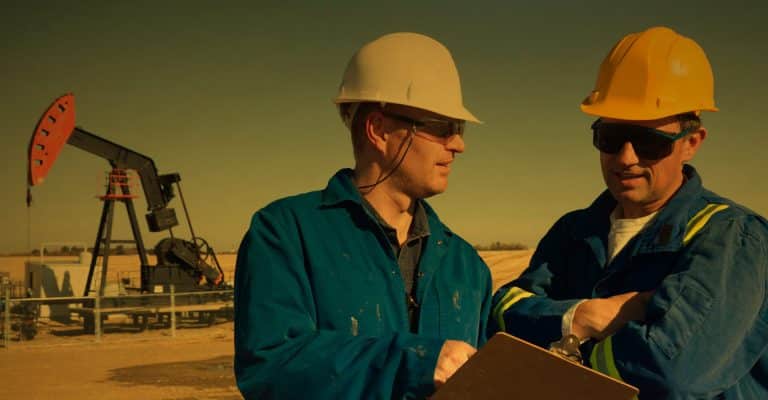The Growing Threats from Chemical Pollution: An Urgent Call to Action
August 13, 2024 2024-10-27 14:08
The Growing Threats from Chemical Pollution: An Urgent Call to Action
Chemical pollution is a mounting environmental crisis that poses significant risks to human health, ecosystems, and the global climate. With the rapid industrialization of societies and the proliferation of synthetic chemicals in everyday products, the world is grappling with a deluge of pollutants that are increasingly contaminating our air, water, and soil. Understanding the scope of this problem, its sources, and the potential solutions is critical to safeguarding our planet and future generations.
What Is Chemical Pollution?
Chemical pollution refers to the presence of harmful chemicals in the environment, often as a result of human activities. These pollutants can be released into the air, water, or soil, leading to contamination that can have severe impacts on both natural ecosystems and human health. The sources of chemical pollution are varied and include industrial waste, agricultural runoff, improper disposal of household chemicals, and the widespread use of pesticides and fertilizers.
Some of the most concerning chemicals contributing to pollution include:
- Persistent Organic Pollutants (POPs): These are toxic chemicals that remain in the environment for long periods, accumulating in the food chain and causing harm to wildlife and humans.
- Heavy Metals: Elements like lead, mercury, and cadmium can contaminate water and soil, leading to serious health issues such as neurological damage and kidney disease.
- Endocrine Disruptors: Chemicals like phthalates and bisphenol A (BPA) can interfere with hormonal systems in humans and animals, leading to reproductive and developmental problems.
- Industrial Chemicals: Substances such as dioxins, polychlorinated biphenyls (PCBs), and volatile organic compounds (VOCs) are released into the environment through industrial processes, posing significant health risks.
The Impact on Human Health
The health effects of chemical pollution are wide-ranging and can be devastating. Exposure to toxic chemicals can lead to acute health problems, such as respiratory issues, skin irritations, and poisoning. Long-term exposure, even at low levels, is associated with more severe outcomes, including cancer, birth defects, and chronic diseases like asthma and cardiovascular disorders.
For example:
- Air Pollution: Chemicals released into the air, such as sulfur dioxide, nitrogen oxides, and particulate matter, contribute to respiratory and cardiovascular diseases. Long-term exposure to air pollutants is also linked to an increased risk of lung cancer and stroke.
- Water Contamination: Pollutants such as nitrates, heavy metals, and industrial chemicals can seep into drinking water sources, leading to serious health risks. Ingesting contaminated water can cause gastrointestinal illnesses, neurological disorders, and even death in severe cases.
- Soil Pollution: Chemicals in the soil can be absorbed by crops, entering the food chain and affecting human health. This is particularly concerning in agricultural areas where pesticides and fertilizers are heavily used.
Children and pregnant women are particularly vulnerable to the effects of chemical pollution, as their developing bodies are more sensitive to toxic exposures. The rising incidence of conditions like autism, ADHD, and developmental delays has been linked to increased chemical pollution in the environment.
Environmental Consequences
Chemical pollution also has dire consequences for the environment. Ecosystems across the globe are being degraded as pollutants accumulate in the air, water, and soil. Some of the most significant environmental impacts include:
- Biodiversity Loss: Toxic chemicals can decimate wildlife populations, leading to the loss of species and the disruption of ecosystems. For instance, chemical runoff from agriculture can lead to the contamination of water bodies, causing fish kills and the destruction of aquatic habitats.
- Soil Degradation: The accumulation of pollutants in the soil can render land infertile, reducing agricultural productivity and leading to food security issues. Soil pollution also disrupts the natural cycles of nutrients and organic matter, which are essential for healthy ecosystems.
- Water Pollution: Rivers, lakes, and oceans are increasingly polluted with chemicals, leading to the degradation of aquatic ecosystems. This pollution can cause algal blooms, dead zones, and the destruction of coral reefs, which are vital to marine biodiversity.
- Climate Change: Some pollutants, such as black carbon and methane, contribute to global warming by trapping heat in the atmosphere. The burning of fossil fuels and the release of industrial chemicals are major drivers of climate change, exacerbating its impacts on ecosystems and human societies.
Global Response and Solutions
Addressing the growing threat of chemical pollution requires a coordinated global response. Governments, industries, and individuals all have a role to play in reducing the release of harmful chemicals into the environment. Some key strategies include:
- Stronger Regulations: Governments need to enforce stricter regulations on the production, use, and disposal of hazardous chemicals. This includes banning the most dangerous chemicals, setting limits on emissions, and ensuring proper waste management practices.
- Sustainable Agriculture: Reducing the reliance on chemical fertilizers and pesticides through sustainable farming practices can significantly decrease chemical pollution. Techniques such as crop rotation, organic farming, and integrated pest management are effective ways to minimize the use of harmful chemicals.
- Cleaner Production: Industries must adopt cleaner production methods that minimize the release of toxic chemicals. This includes investing in green technologies, reducing waste, and recycling materials to limit the environmental impact of manufacturing processes.
- Public Awareness: Educating the public about the dangers of chemical pollution and promoting sustainable lifestyles can lead to significant reductions in chemical use and pollution. Consumers can make informed choices by opting for eco-friendly products and supporting companies that prioritize environmental responsibility.
Conclusion
The threat of chemical pollution is a growing concern that demands urgent action. Its impacts on human health, biodiversity, and the global climate are profound and far-reaching. By understanding the sources and effects of chemical pollution, and by taking collective action to reduce its prevalence, we can protect our planet and ensure a healthier future for all. The time to act is now, before the damage becomes irreversible.
Related Posts
The Growing Threats from Chemical Pollution: An Urgent Call to Action
August 13, 2024 2024-10-27 14:08Popular Tags




























